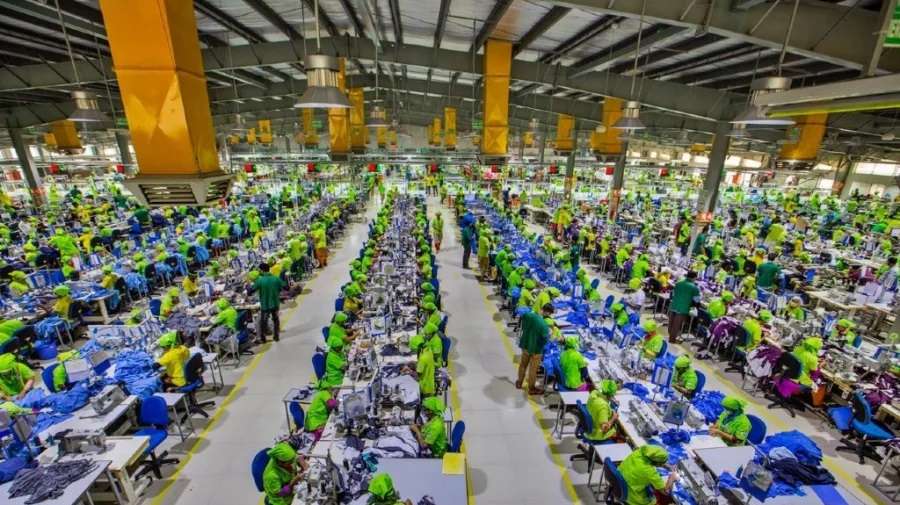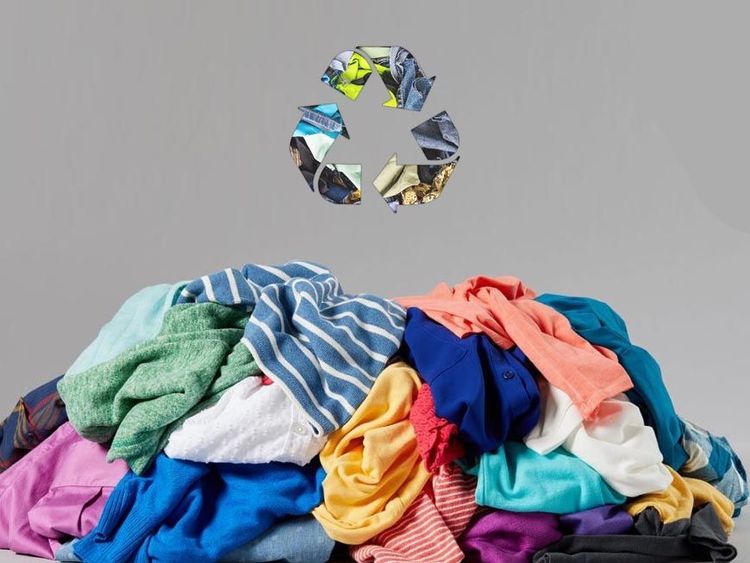The African Continental Free Trade Area, which took effect in May, is expected to boost economic growth in the continent by cutting tariffs among member states. Lower costs for trade means more trade, which boosts demand, sales and jobs. Demand from a stronger textile industry helps cotton farmers and also helps other businesses expand and develop.
Sub-Saharan Africa’s apparel and footwear market is already worth $31 billion. Sizable growth in the sector is expected over the next decade. The next decade could see the continent become a substantial player in global sourcing. Betting on growth, Kenya revived and equipped its biggest textile factory, Rivatex, in June, hoping to create 9,000 jobs at the facility.
However, the continent’s industries have to improve if they are to grab a share of the growing fashion and textile market. Africa has to have its own industrial capacity to be able to take advantage of a $3.3 trillion market with the African Continental Free Trade Area, so Africa has to industrialize. Industrialization is critical. It is not just about moving raw materials. It is value-added products. Boosting the textile industry is one step toward connecting 1.3 billion people across 54 nations and heating up commerce across the continent.
Trade agreement enthuses Africa
- 1
- 2
- 3
- 4
- 5
- 6
- 7
- 8
- 9
- 10
Techtextil India 2025 to launch 'Sporttech Pavilion' for sports and activewear t…
Messe Frankfurt and Concept N Strategies join forces Messe Frankfurt Trade Fairs India Pvt Ltd has partnered with Concept N... Read more
Luxury's China Playbook: Why Tmall remains essential despite Douyin's rise
The narrative surrounding China's luxury market has been rife with talks of a slowdown. However, a recent report by DLG... Read more
Green Thread: LEED certified RMG units boosting Bangladesh's exports
Bangladesh, renowned for its robust garment manufacturing sector, is undergoing a profound transformation towards sustainability. This evolution is underscored by... Read more
Functional Fabric Fair Spring 2025 returns to Portland with expanded exhibits an…
Functional Fabric Fair, powered by Performance Days, is set to return to Portland, Oregon, from April 14 to 16, 2025,... Read more
Navigating the Maze: Wazir Advisors on US Tariffs' complex impact on Indian T…
The US stands as an important export destination for the Indian textile and apparel (T&A) industry, with annual shipments reaching... Read more
Techtextil and Texprocess 2026 to see record participation with wave of new exhi…
Techtextil and Texprocess 2026 are set to mark a powerful return from 21 to 24 April in Frankfurt, Germany, with... Read more
US textile recycling industry strains under new import tariffs
The US textile recycling and resale industry is reeling from the steep tariffs imposed on imported textile scraps and used... Read more
UK fashion e-commerce stabilizes as physical stores reassert themselves
UK’s fashion apparel retail is marked by the dynamic interplay between physical stores and e-commerce. While the digital space experienced... Read more
The Ageless Appeal: How heritage brands are tailoring a new future
The scent of mothballs, the rustle of tweed, the comforting weight of a well-worn leather armchair – these were once... Read more
Reciprocal Tariff Impact: India's edge over Bangladesh lost to higher costs
The United States is a critical export destination for the Indian textile and apparel industry, with annual shipments reaching approximately... Read more











